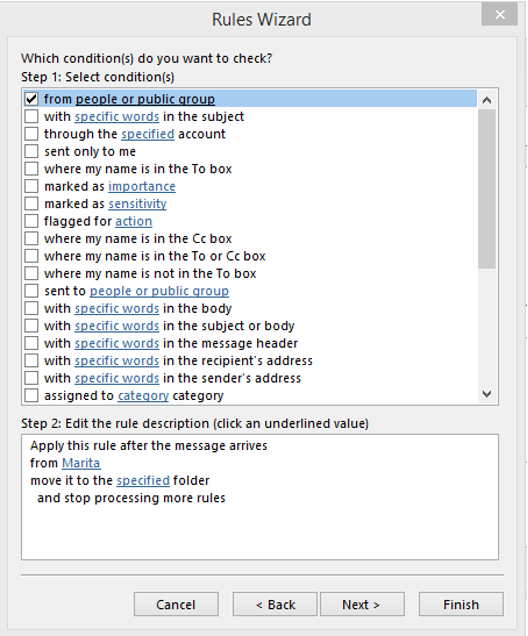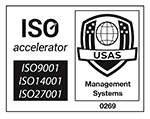A Guide to Mastering Microsoft Outlook Rules
Are you drowning in emails?
If your morning routine involves spending precious time sorting through your inbox, moving messages to folders, and trying to prioritise what needs your attention first, there’s a better way. Enter Microsoft Outlook Rules – your email assistant that works tirelessly to keep your inbox organised, even when you’re not.
What Are Outlook Rules (And Why Should You Care)?
Outlook Rules are a powerful automation feature that helps you manage your inbox more efficiently by automatically performing specific actions on incoming emails.
They act as filters or triggers based on predefined conditions, such as sender, subject line, keywords, or other criteria. Once set up, rules run automatically, organising your inbox or handling messages according to the instructions you’ve provided.
Think of Outlook Rules as your inbox’s traffic wardens, directing emails to exactly where they need to go based on your instructions. They’re automated actions that run in the background, ensuring important messages get flagged, project emails land in the right folders, and low-priority communications don’t distract you from your core tasks.
The Power of Automation at Your Fingertips
Here’s what Outlook Rules can do for you
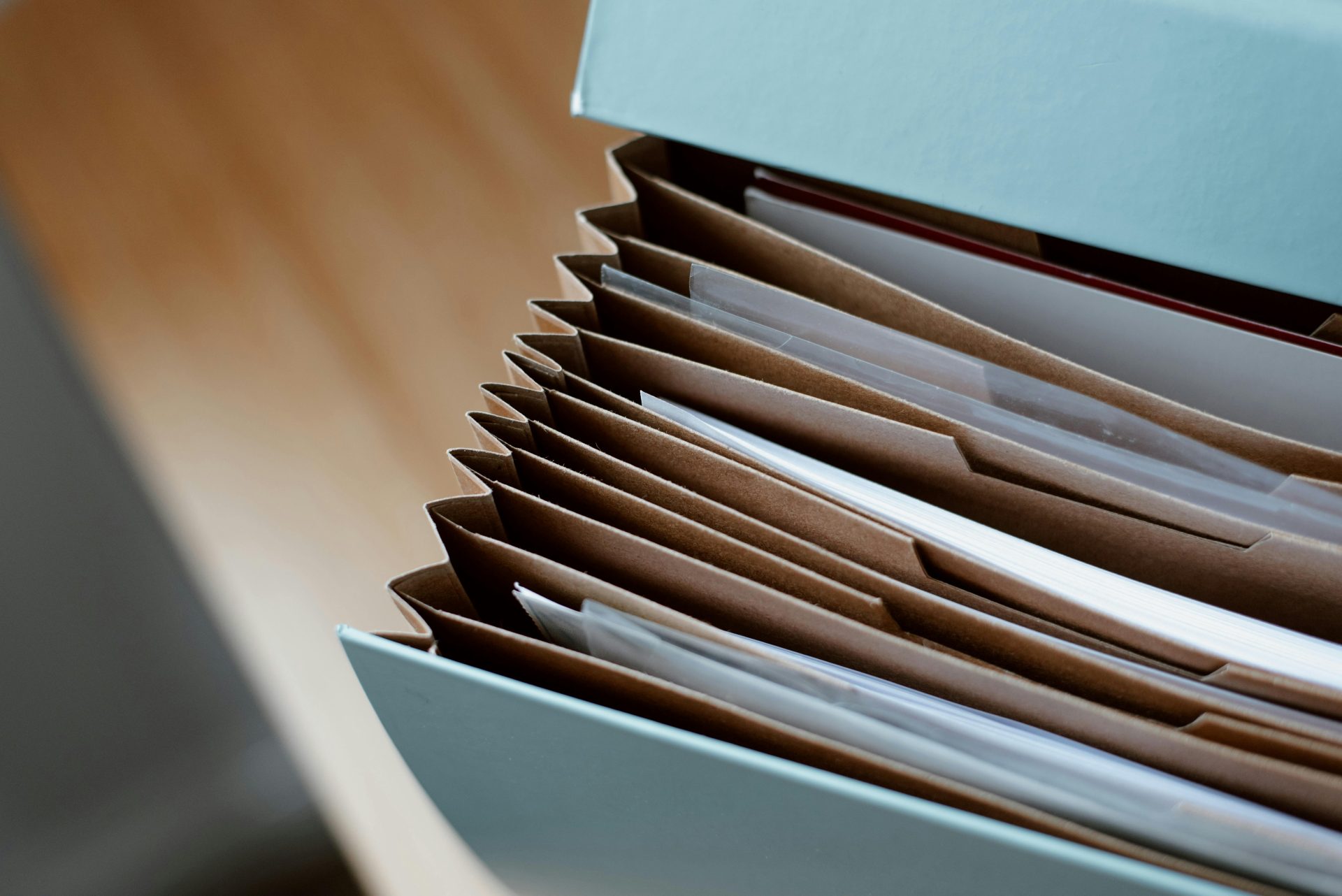
Keep Projects Organised
Imagine all emails related to “Project Phoenix” automatically filing themselves into a dedicated folder, complete with follow-up flags and category tags. No more manual sorting – it’s all done for you.
Never Miss Critical Messages
Set up rules to:
– Display desktop alerts for emails from your key clients
– Automatically flag messages from your manager
– Forward urgent supplier updates to your team
– Add specific reminders to time-sensitive communications


Declutter Your Inbox
Let rules handle the routine stuff:
– Move newsletter subscriptions to a ‘Reading Later’ folder
– Automatically file internal updates into relevant team folders
– Sort CC’d emails into a separate folder for review when time permits
Desktop vs Online: Choosing Your Battlefield
Before you dive in, it’s worth knowing that Outlook Rules come in two flavours, each with its strengths.
Desktop application
– Perfect for complex rules with multiple conditions
– Ideal for personal folder management
– Runs only when Outlook is open
– Supports advanced features like custom sounds and pop-up alerts
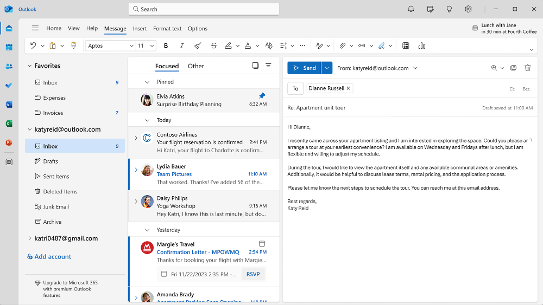
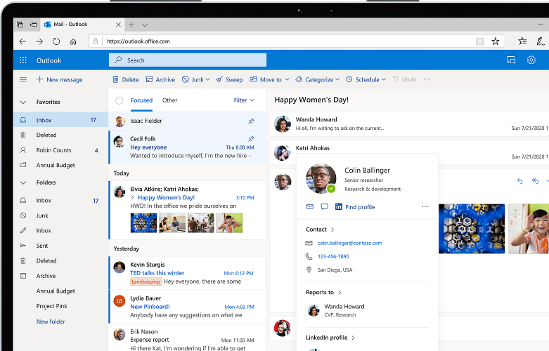
Outlook online
– Always running, even when your computer is off
– Perfect for simple, straightforward rules
– Accessible from anywhere
– Ideal for basic email routing and organisation
Getting Started: Your First Rule
Let’s create a simple but powerful rule together.
We’ll set up automatic sorting for emails from your manager:
1. Open Outlook Desktop
2. Head to the Home tab
3. Click Rules > Manage Rules & Alerts
4. Select ‘Create Rule’
5. Choose ‘From people or public group’
6. Select your manager’s email
7. Pick ‘Move to specified folder’ as your action
8. Select or create your destination folder
9. Click Finish
Voilà! Your manager’s emails will now automatically file themselves away, ready for your attention when you need them.
Advanced Techniques for Power Users
Project Management Rules
Create rules that:
– Move emails containing specific project keywords to dedicated folders
– Forward project updates to team members
– Flag messages for follow-up based on content
– Add categories based on project phases


Exception Handling
Make your rules smarter with exceptions:
– Only move emails if they’re not marked as urgent
– Skip the rule for specific senders within a group
– Apply different actions based on whether you’re CC’d or in the TO field
Common Pitfalls: Mistakes to Avoid with Outlook Rules
Even the most organised professionals can stumble when setting up their Outlook Rules. Here are the common pitfalls to watch out for.
Creating overlapping Rules
The Mistake: Setting up multiple rules that could apply to the same email, confusing which rule takes precedence.
The Solution: Review your rules list regularly and arrange them in order of priority. Remember, Outlook processes rules from top to bottom, so put your most important rules first.
The “Out of Sight, Out of Mind” Trap
The Mistake: Creating so many automatic filing rules that important emails get buried in folders, never to be seen again.
The Solution: For crucial emails, combine move-to-folder rules with visual alerts or flags. Better yet, create a daily task to review specific folders where important emails land.
Rule Overload
The Mistake: Creating a separate rule for every single scenario, leading to a cluttered and unmanageable rules list.
The Solution: Consolidate similar rules using OR conditions. For example, instead of five separate rules for five clients, create one rule that handles all client emails based on their domain names or email addresses.
Forgetting About Storage Limits
The Mistake: Setting up rules to keep every email forever, potentially hitting your storage quota.
The Solution: Include archiving in your rule strategy. Consider adding time-based cleanup rules or combining rules with Outlook’s AutoArchive feature.
The Bottom Line
Outlook Rules aren’t just about keeping your inbox tidy – they’re about giving you back valuable time in your day.
By automating the routine aspects of email management, you can focus on what matters: getting your actual work done.
Remember, the best system is the one that works for you. Start with these foundations, experiment with what works best for your workflow, and watch as your inbox transforms from a source of stress to a well-oiled machine.
Ready to take control of your inbox?
Start with one rule today, and build from there. Your future self will thank you.







